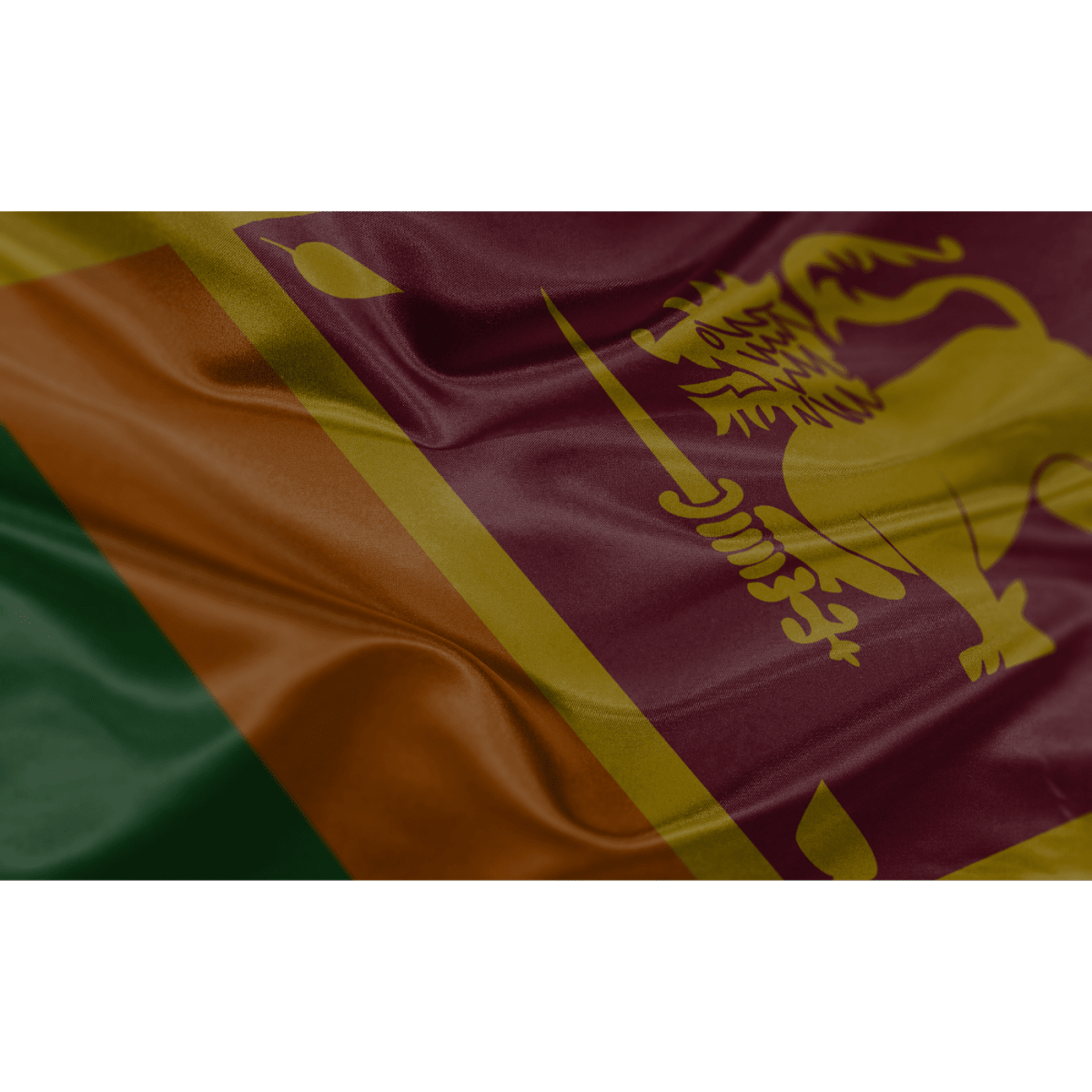
Starting around 2016, Sri Lanka's economy was beset by a series of fiscal and economic policy missteps. The COVID-19 pandemic only worsened an economy plagued by mismanagement, trade deficits, and weak foreign reserves. By September 2022, Sri Lanka turned to the International Monetary Fund for help.
Below is a visual timeline of some key events that punctuated the country’s economic decline, followed by a plaintext version. A full and detailed explanation of the collapse and its causes and effects can be found here.

A Timeline of Events Leading to Sri Lanka’s Economic Collapse
2016–2017: Drought leads to poor harvests of rice and other crops, threatening food security. Sri Lankan government provides relief to farmers, putting a strain on the national budget.
October 2018: Sri Lanka plunges into a political crisis when the president appoints Mahinda Rajapaksa (a member of a family that has been closely involved with Sri Lanka’s politics and economy for decades) as the new prime minister, replacing the incumbent premier who was dismissed by the president. International investment toward Sri Lanka is tested.
April 2019: Islamic fundamentalists target several churches and luxury hotels in terror attacks known as the Easter Sunday bombings. Tourism is affected.
November 2019: Sri Lanka overhauls the tax code, including a reduction of personal income tax on the highest earners and a drastic cut in the value-added tax to 8% from 15%.
March 2020: Sri Lanka implements COVID-19 protocols—lockdowns, travel restrictions, and border closing—across the country. Starts to tap into its foreign currency reserves, slipping by around $400 million to $7.5 billion.
April 2020: Gotabaya Rajapaksa becomes president in parliamentary elections, while his brother Mahinda continues on as prime minister.
May 2021: Sri Lanka bans imports of fertilizer, in a move to reduce demand for U.S. dollars as foreign currency reserves slip to $4 billion. Switching to local organic fertilizers disrupts the farming industry.
November 2021: Inflation rate rises to double-digit levels, at 11.1%. Foreign currency reserves dip to less than $2 billion, at $1.588 billion.
March 2022: Thousands of Sri Lankans begin to take to the streets, upset over the government’s mishandling of the economy, highlighted by fuel shortages and rolling blackouts. The current-account deficit widens in the first quarter to $1.3 billion.
May 2022: Sri Lanka’s currency sharply depreciates, to around 350 rupees per U.S. dollar, from around 200 in March.
July 2022: Gotabaya Rajapaksa steps down as president, following Mahinda, who resigned as prime minister two months earlier.
August 2022: Central Bank of Sri Lanka starts raising key interest rates to double-digit levels, in response to the pick-up in inflation. Its Standing Deposit Facility Rate, which is its overnight interest rate, jumps to 13.5% from 6.5%.
September 2022: Inflation rate soars to 69.8%, the fastest during Sri Lanka’s economic crisis. Sri Lanka turns to the International Monetary Fund for emergency aid. Sri Lanka increases value-added tax to 15% from 12% to boost government revenue. VAT is restored to the level prior to the 2019 tax reform.
November 2022: Public protests wane as fuel shortages ease and power outages become less frequent.
January 2023: Central bank eases on monetary policy by reducing key interest rates.
March 2023: IMF proposes a $3 billion economic package with austerity measures to revive the economy and strengthen fiscal policy.
May 2023: Inflation rate drops to 25.2%.







